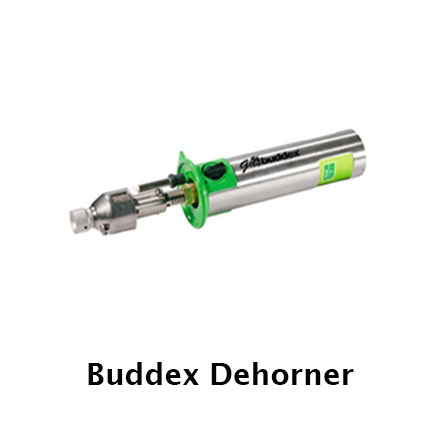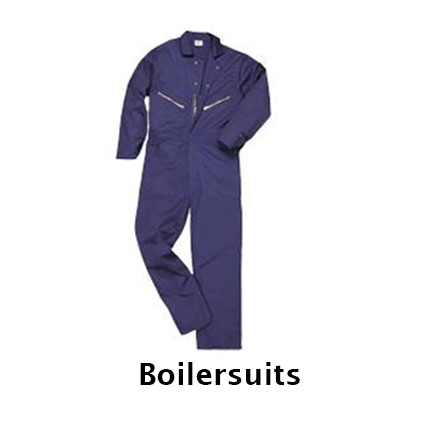
As December draws to a close, early lambing is underway up and down the country. Now, when it comes to yeaning most farmers are well used to dealing with complications and are justifiably proud of their track record in this respect.
However, none of us should rest on our laurels when it comes to lambing outcomes. Few of us will come through the season without a few losses, but we should not forget the simple steps we can take to mitigate the risk of significant losses before, during and after birth.
Lambing equipment: the essentials
Long before your ewes are due to lamb, you should have assembled the array of equipment you will need in the event of a difficult birth. Among the essentials are armlength disposable gloves; a clean bucket that you can fill with warm water and soap; lambing ropes; a lambing snare; obstetrical lubricant; disposable syringes for antibiotics; and harnesses in the event of a prolapse. Having these close at hand when needed will save time when it is needed most.
Pre-lambing hygiene is half the battle
When it comes to lambing season, good hygiene is half the battle. Many of the diseases that afflict ewes and lambs during and after birth result from poor hygiene practices during labour. In the first instance, it is important maintain a clean feeding area. If you winter your ewes in a shed, make sure that each sheep has adequate space at feeding time, that you clean your pens regularly, and that you supply them with plenty of lime. Scattering lime around the lambing area, using a lime spreader, will help to reduce the likelihood of dangerous bugs lurking on your ewes when they deliver their lambs.
Furthermore, you should make sure that your ewes have ample space, and are not fighting and shoving for room at feeding time. This will reduce the chances of unborn lambs receiving a fatal injury leading to stillbirth.
The stages of labour
Generally speaking, a ewe will go through 3 stages of labour. During the first stage, the cervix begins to dilate. Cervical dilation usually lasts for between 3 and 6 hours. It is usually fairly easy to recognise when a ewe has entered this stage, because she will have little interest in eating and will seem restless. If she is in a field, she may leave the rest of the flock in search of a place to deliver the lamb.
Once the cervix is fully opened, the ewe enters the second stage of labour. During this phase, the lamb is expelled by a series of voluntary contractions. Finally, in the third phase of labour, the foetal membranes (afterbirth) are expelled. This usually occurs a couple of hours after the birth.
Restraining the ewe: lamb positioning is key
If the second phase of lambing appears to be taking too long, you may need to intervene. How you should restrain the ewe during an assisted labour depends on the lamb’s positioning. In the event that your ewe encounters difficulty due to the positioning of one of the lamb’s legs, you must cast the ewe onto her side, ensuring that the lamb’s problem leg is uppermost. However, if both of the lamb’s forelegs are missing, you should keep the ewe standing when trying to gently free the head.
Hygiene at lambing
If you are handling a ewe in labour, you must ensure that your hands are thoroughly cleaned and disinfected. It is preferable that you wear an armlength disposable glove.
Perhaps the most important hygiene measure for farmers is the washing of lambing equipment, such as tagging and tailing tools, in a disinfectant solution (such as Kilcox Extra) between each use. Doing so will prevent bugs and infections from passing between animals, inhibiting the development of diseases such as watery mouth, joint ill and scour.
Furthermore, you should soak stomach tubes for feeding newborn lambs in a strong sterilizing solution, and wash in clean water between each use – you don’t want infection spreading from one lamb’s mouth to the next. Another key measure is to clean and disinfect lambing pens between each use (i.e. wash the floor and gates of the pen with a sterilizing solution and clean water after each individual lambing, and before bringing in the next ewe to lamb).














